 Abraham Lincoln
If given the truth, the people can be depended upon to meet any national crisis...
Abraham Lincoln
If given the truth, the people can be depended upon to meet any national crisis...
 Guildford news...
for Guildford people, brought to you by Guildford reporters - Guildford's own news service
Guildford news...
for Guildford people, brought to you by Guildford reporters - Guildford's own news service
Birdwatcher’s Diary No.149
Published on: 16 Nov, 2017
Updated on: 17 Nov, 2017
By Malcolm Fincham
As October came to a close, it was time and tradition to set our clocks back an hour once again. “Why can’t we leave those clocks alone and stick with British Summer Time”, is a claim I often hear, of which I always find myself nodding in agreement to.
My own personal bone of contention, from perhaps a rather selfish perspective, is the lack of daylight hours available for me to birdwatch and keep a supply of up-to-date photos for my diary.
Although limited for time, a few days of sunshine did allow instances to absorb some of Surrey’s glorious autumn landscapes. As well as to capture a few fortunes that fell my way at opportune moments.
Winds turned to a brief northerly as we moved into November bringing an influx of fieldfares arriving from their summer homes in Scandinavia. Although most of my sightings were “flyovers”, I finally caught up with a few as they fed on the fruit of a cherry tree.
Feeding alongside them were numerous redwings. These birds I have heard arriving since mid-October, hearing their high-pitched “seep seep” sound as they maintain contact with each other with their flight calls, a typical sound of October nights.
Redwings migrate at night, moving generally when the sky is clear and the wind is in the east. They can sound quite eerie, especially on foggy nights, as they often fly a considerable distance inland before settling for the first time.
Also feeding on the cherries there, I picked out a few song thrushes.
A group of four or five “first winter” blackbirds, notable by their black beaks, also joined the feast, suggesting, to me the entire group of birds were all winter visitors from Scandinavia.
Elsewhere, a great grey shrike was reported for the first time this autumn at Thursley Common, arriving back to winter a little later than most years. This was first reported on November 1. Although reported there on several occasions since, I wasn’t in too much hurry to race over there, having already seen one there in the spring.
More interesting to me was the recent irruption of hawfinches that have invaded the UK. A large flock was of 60 had been recorded on the Isles of Scilly while I was there a few weeks ago. Getting some pictures of one at the time, I was certain it would be the only one I would be seeing this year.
Arriving back from my visit, I learned of exceptional numbers of this special finch had also been recorded across Britain, many of them passing overhead at migration watchpoints, or discovered in large flocks in suitable feeding habitats.
Certainly a rare sighting for me, as I recalled the last ones I saw and wrote about in March 2013, when a winter roost of over 100 could be viewed near Dorking.
Ostensibly, I was close to becoming the last of a multitude of keen birdwatchers to have seen one in Surrey, where they were being reported on a daily basis at the end of October and during the first weeks of November.
With none to report on my local patch at Stoke Nature Reserve, it was rapidly becoming “personal”. On November 5, in the company of Bob and Dougal, we headed for the hills once again revisiting Effingham Forest on a sunny, but rather chilly day.
As we walked the woodland path we picked out the sound of marsh tits. And with some patience on our part, an inquisitive a one came within focus of my camera.
Arriving at a clearing, we found a good vantage point overlooking a wooded area mostly made up of pine trees. Briefly we caught the distant sound of a group of crossbills, although in spite of intense scanning though our binoculars, we were unable to pick them out.
A red kite came into view, flying low over the tree line.
While several common buzzards, drifted overhead.
Closer to view was a great spotted woodpecker, flying over our heads. It perched up near by in a tree, as if to get a better view of us.
Nuthatches could also be heard, as if in conversation with each other; while in holly as well as yew trees goldcrests flitted back and forth.
Jays were busy flying back and forth in a broad-leaf plantation cackling away to each other as they collected acorns.
We were beginning to feel our quest for hawfinches in Surrey had once again drawn a blank. However, with a lazy glance across the landscape toward a lone pine we simultaneously spotted a bird perched up high in its branches. Instantly we all concluded we had found our prize. Briefly it was joined by a second one too!
Hawfinches are the largest of the finch family that breed in the UK, though also one of the shyest. Their pastel plumage consisting of various shades of orange, grey, peach, black, white and even a hint of metallic blue make them look like no other British bird. And with their enormous metal-grey bills set on big heads, they seem very front-heavy, a feature accentuated by their short, stubby tails.
Hawfinches, aren’t actually very closely related to any of our other native finches, being more closely allied genetically to several grosbeak species found in North and Central America.
This separation from other finch species is reflected in the unique scientific name Coccothraustes coccothraustes which translates as ‘seed-breaker’, a reference to the incredible strength of their bills.
Experiments have shown that the hawfinch exerts a force of over 110lbs, to crack open an olive or cherry stone. Quite a feat a feat for a bird weighing only about 2oz.
With hours of light at an essence, attempts to keep up to date with a reasonable portfolio of pictures was a struggle.
The weakening autumn sun still had enough warmth in it to photo a few red admiral butterflies still on the wing, during the first few days of November.
A hunting kestrel perched for a while on overhead wires, while looking for a small mammal to feast on.
Most notable, especially on the sunnier days, were the views of the scenic landscapes around the Surrey countryside. Especially for me in areas where there are lakes or rivers.
Cold Arctic air had moved down across the country by November 12. The cool northerly breeze had brought temperatures down to a rather chilly 7c, in the weak but glorious sunshine.
With little time to spare before sunset I made for a brisk walk around my local patch at Stoke Nature Reserve. A male stonechat appeared briefly by the boardwalk as I made my way across towards the lake.
Although a recently reported Cettie’s warbler that has been present near the boardwalk continued to elude me, even by its sound, there were still a multitude of long-tailed tits to see and hear.
And a meadow pipit to add to my photos.
A cormorant circled the lake before disappearing from view.
While tufted ducks were settling in for their seasonal visit on the lake.
Once again, before I had the opportunity of any more photos the winter sun had beaten me and shad unk over the horizon, “racing around to come up behind me again.”
Responses to Birdwatcher’s Diary No.149
Leave a Comment Cancel reply
Please see our comments policy. All comments are moderated and may take time to appear. Full names, or at least initial and surname, must be given.Recent Articles
- Fake News To Be Examined at the Guildford Institute
- Updated: Crop Fire Destroys Wheat Field on the Slopes of the Hog’s Back Near Guildford
- Update: Roadworks Planned for Portsmouth Road Postponed
- Guildford Students’ Artwork on Display at the National Gallery
- Thames Water Announce Hosepipe Ban – But Not for Guildford
- Letter: Normandy Proposal Needs A Proper Services Audit
- Notice: Free Bereavement Support Programme
- Normandy Housing Plan Reignites Concerns Over ‘Damage To Our Community’
- Letter: The Class of 1955 Meets 70 Years On.
- Highways Bulletin: Reimagining Parking with Green Design



Recent Comments
- Graham Vickery on Letter: Local Government Reorganisation Consultations Are Too Little, Too Late
- Peta Malthouse on Normandy Housing Plan Reignites Concerns Over ‘Damage To Our Community’
- Richard Cooke on Letter: Snail-paced Progress for Full Weir Repair
- Bethan Moore on Guildford’s First “Bike Bus”
- Andy Friend-Smith on Guildford’s First “Bike Bus”
- Peter Mills on Guildford’s First “Bike Bus”
Search in Site
Media Gallery
Dragon Interview: Local Artist Leaves Her Mark At One of England’s Most Historic Buildings
January 21, 2023 / No Comment / Read MoreDragon Interview: Lib Dem Planning Chair: ‘Current Policy Doesn’t Work for Local People’
January 19, 2023 / No Comment / Read MoreA3 Tunnel in Guildford ‘Necessary’ for New Homes, Says Guildford’s MP
January 10, 2023 / No Comment / Read More‘Madness’ for London Road Scheme to Go Ahead Against ‘Huge Opposition’, Says SCC Leader
January 6, 2023 / No Comment / Read MoreCouncillor’s Son Starts Campaign for More Consultation on North Street Plan
December 30, 2022 / No Comment / Read MoreCounty Council Climbs Down Over London Road Works – Further ‘Engagement’ Period Announced
December 14, 2022 / No Comment / Read MoreDragon Interview: GBC Reaction to the Government’s Expected Decision to Relax Housing Targets
December 7, 2022 / No Comment / Read MoreHow Can Our Town Centre Businesses Recover? Watch the Shop Front Debate
May 18, 2020 / No Comment / Read More




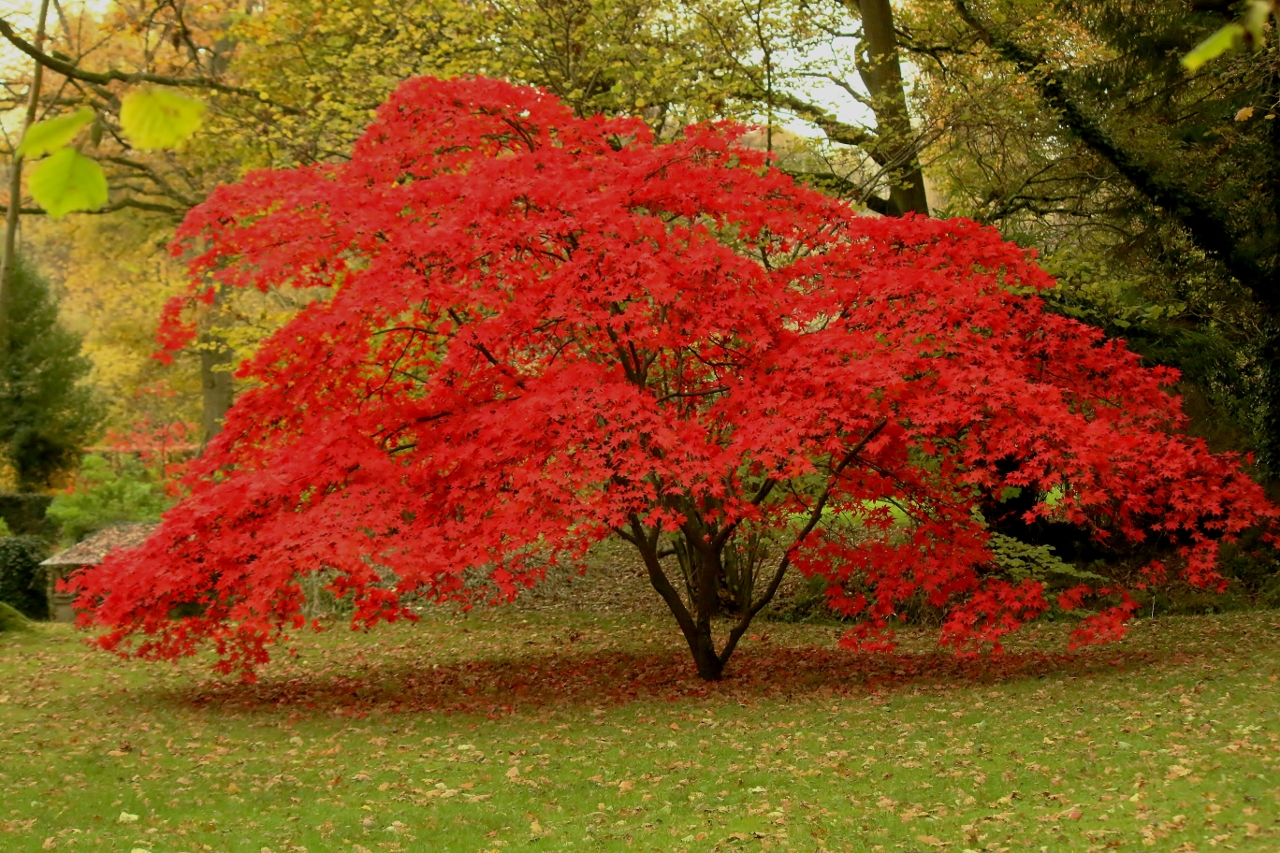

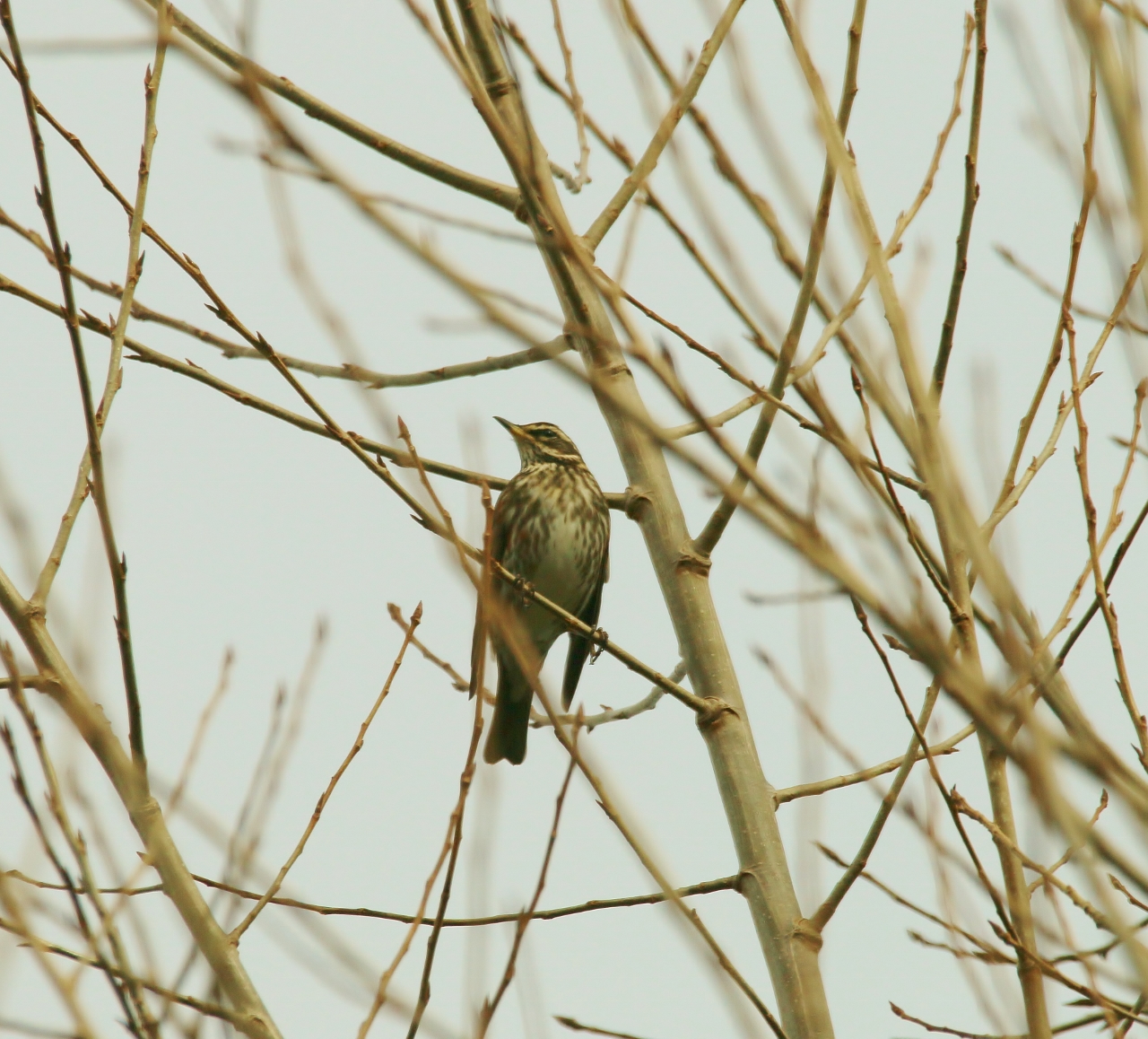
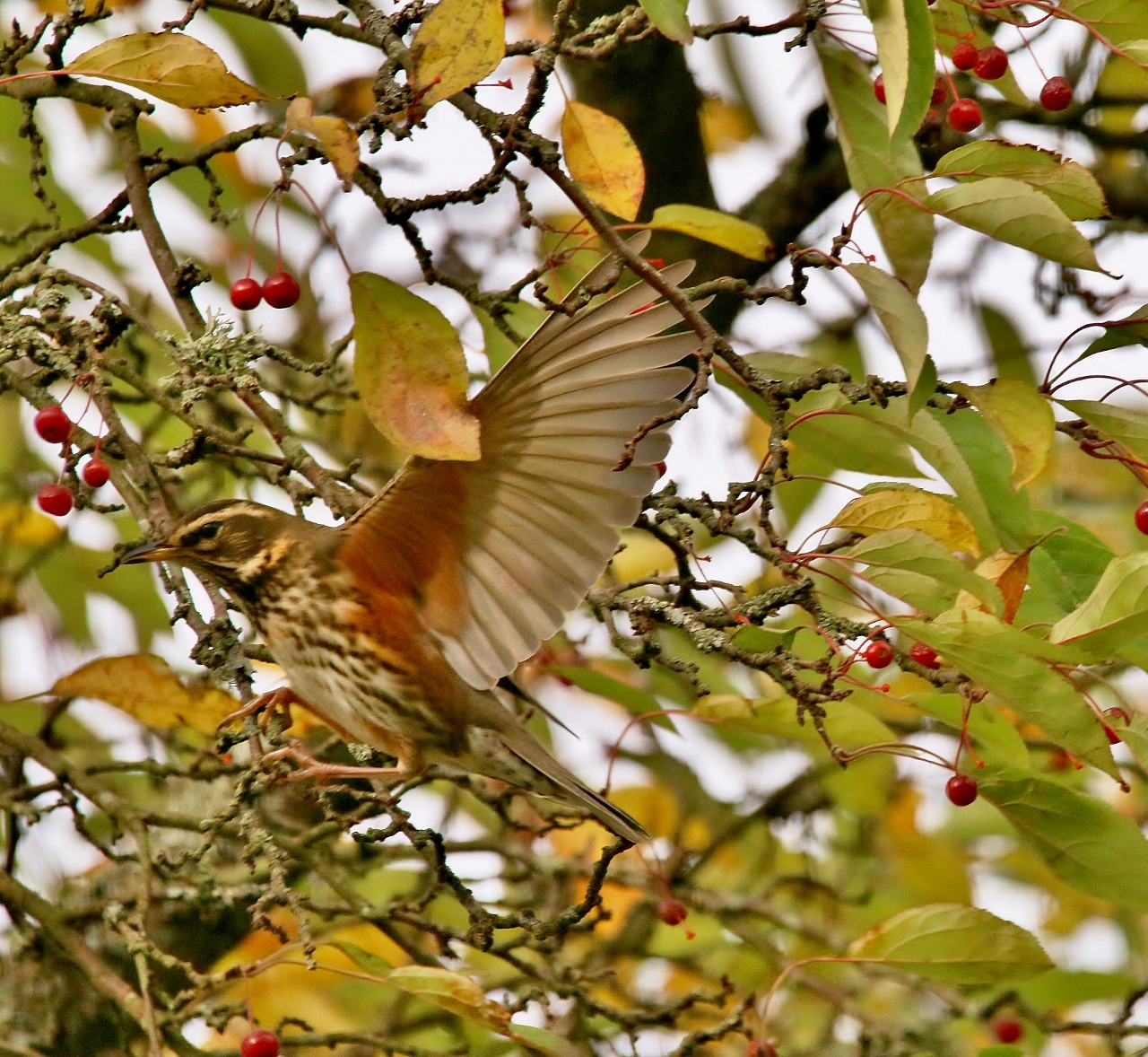
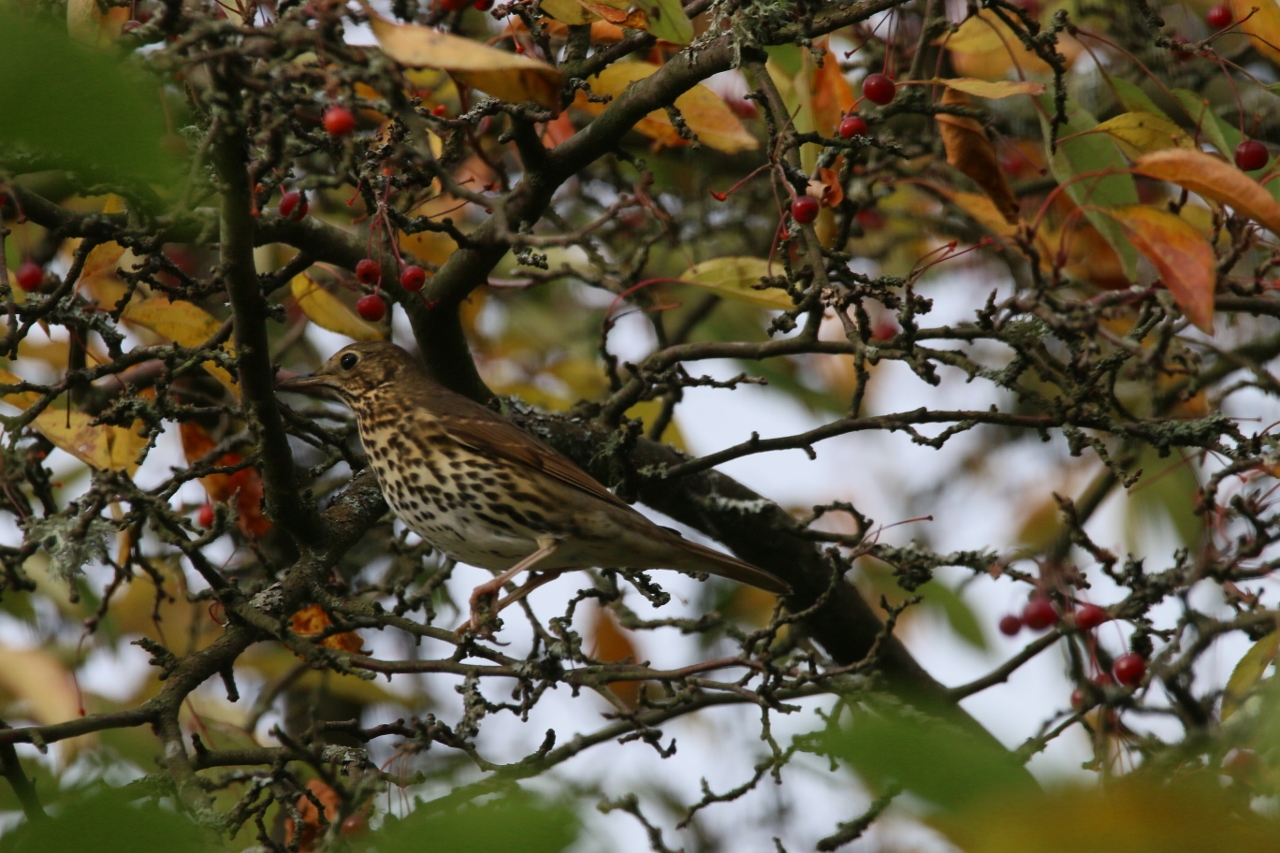
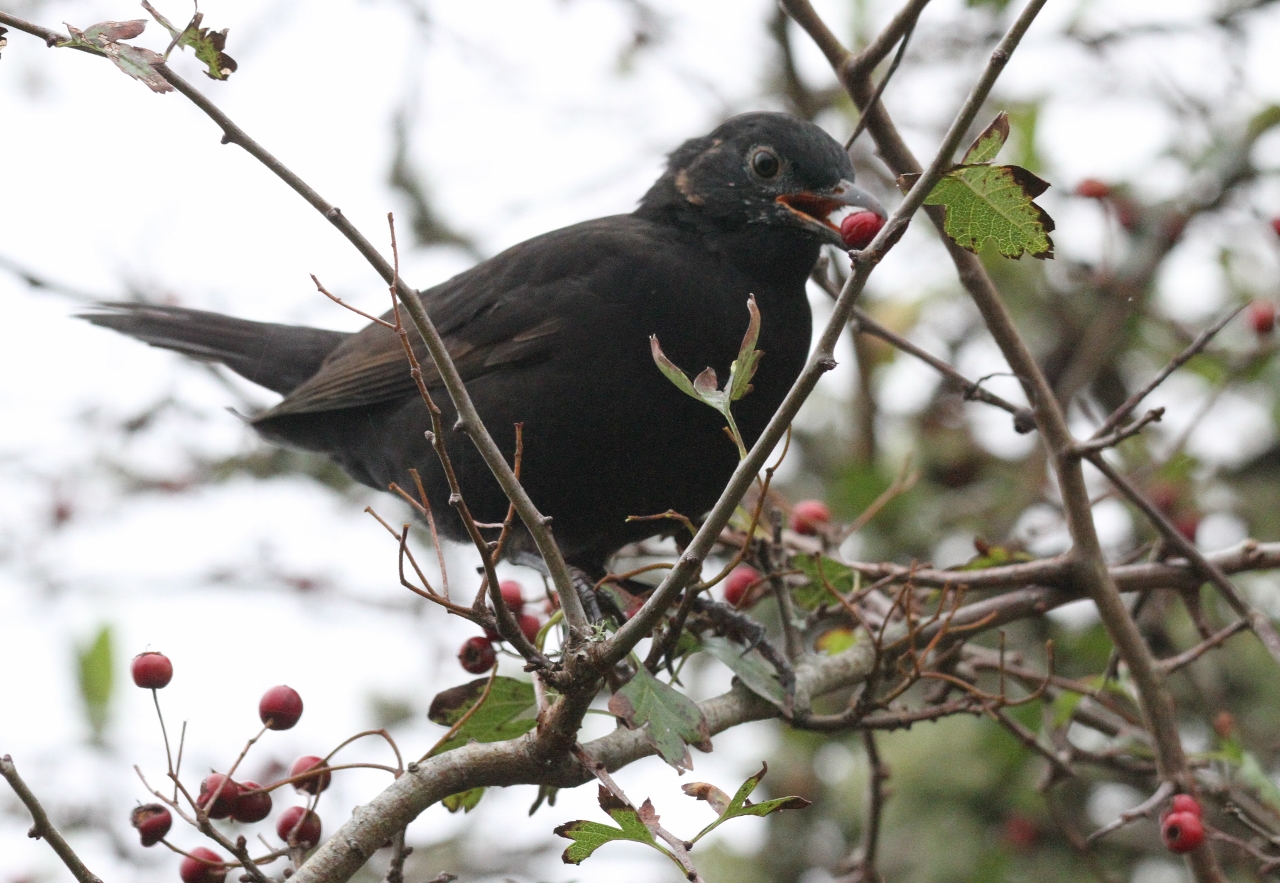
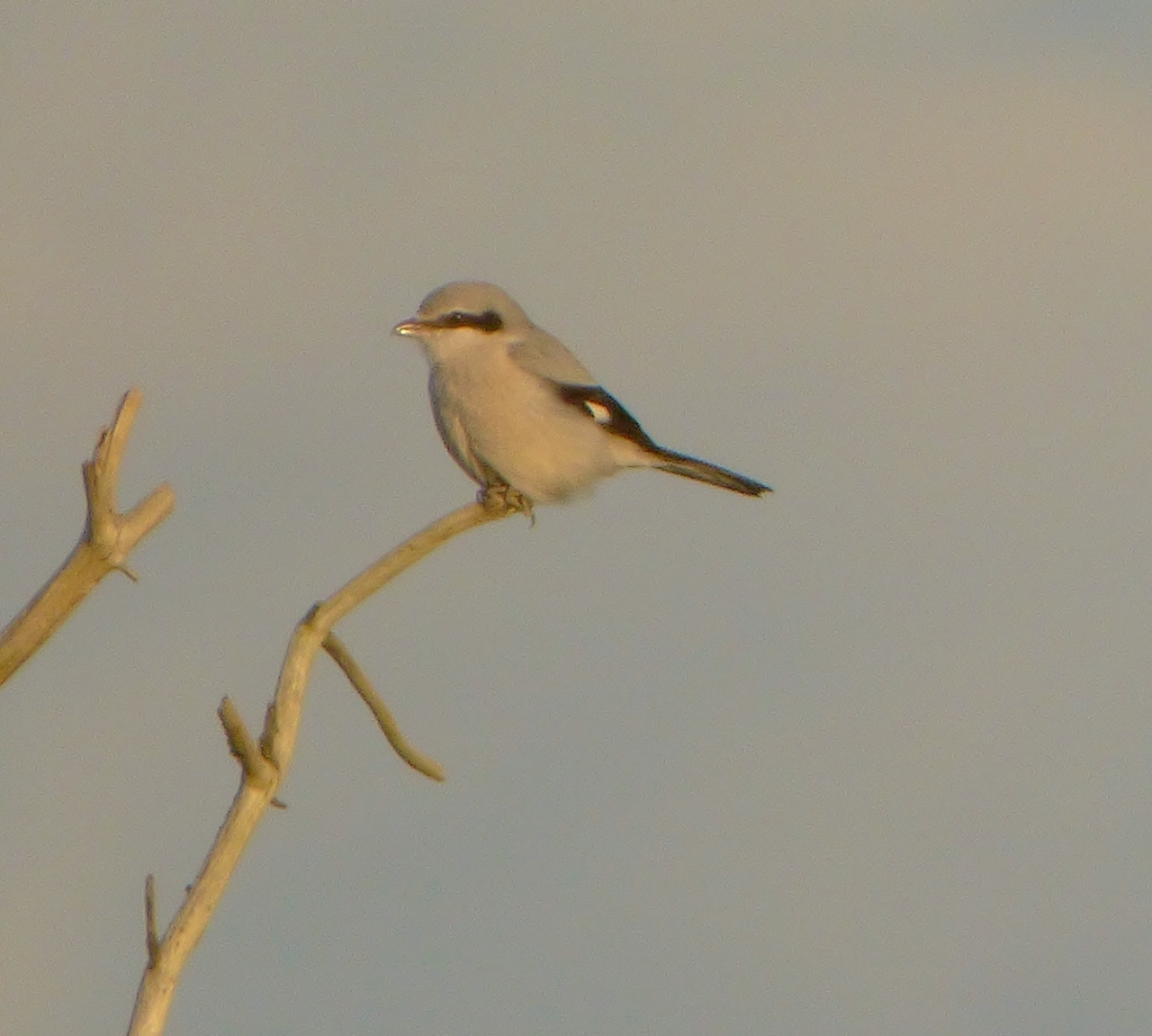
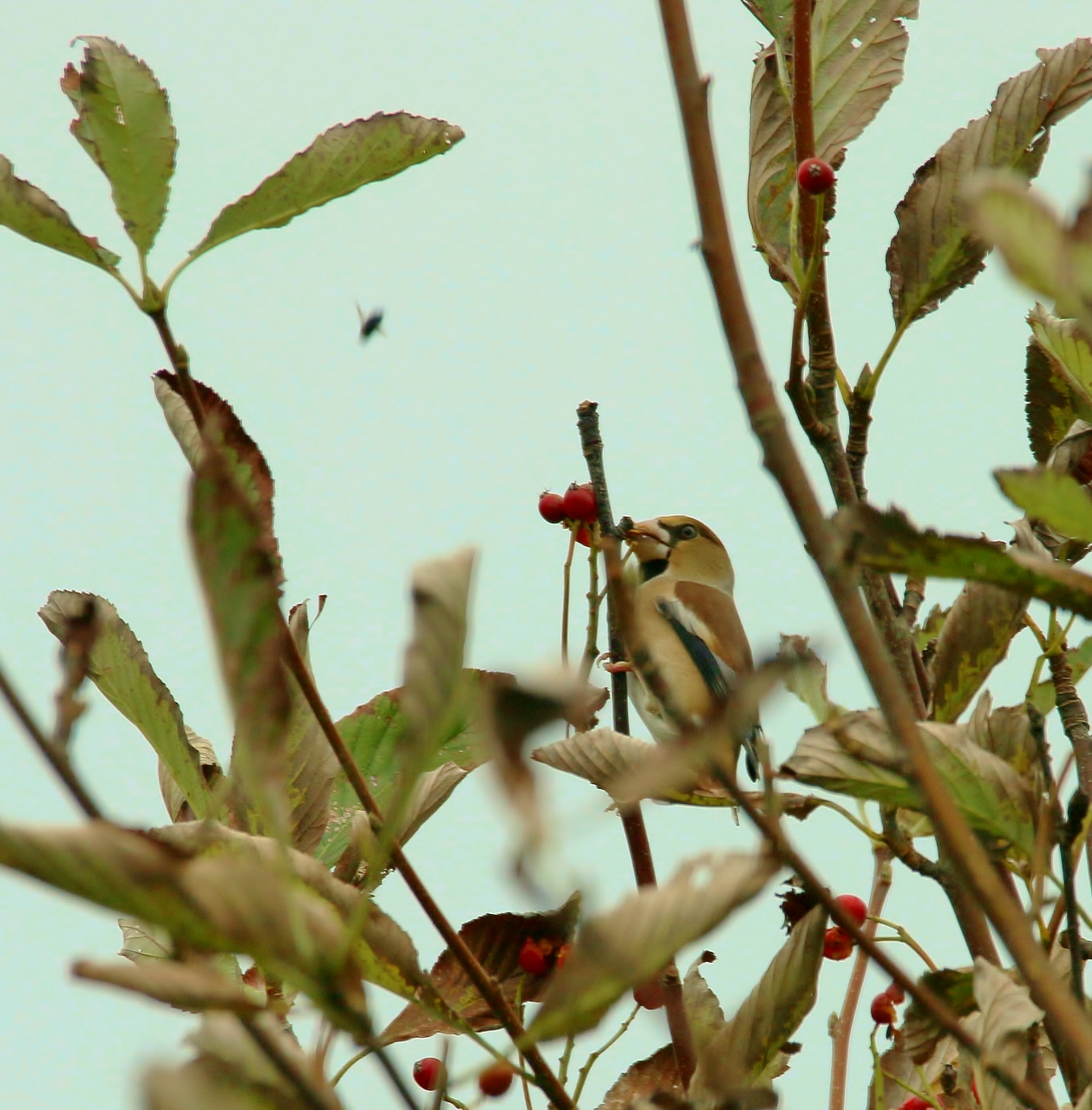
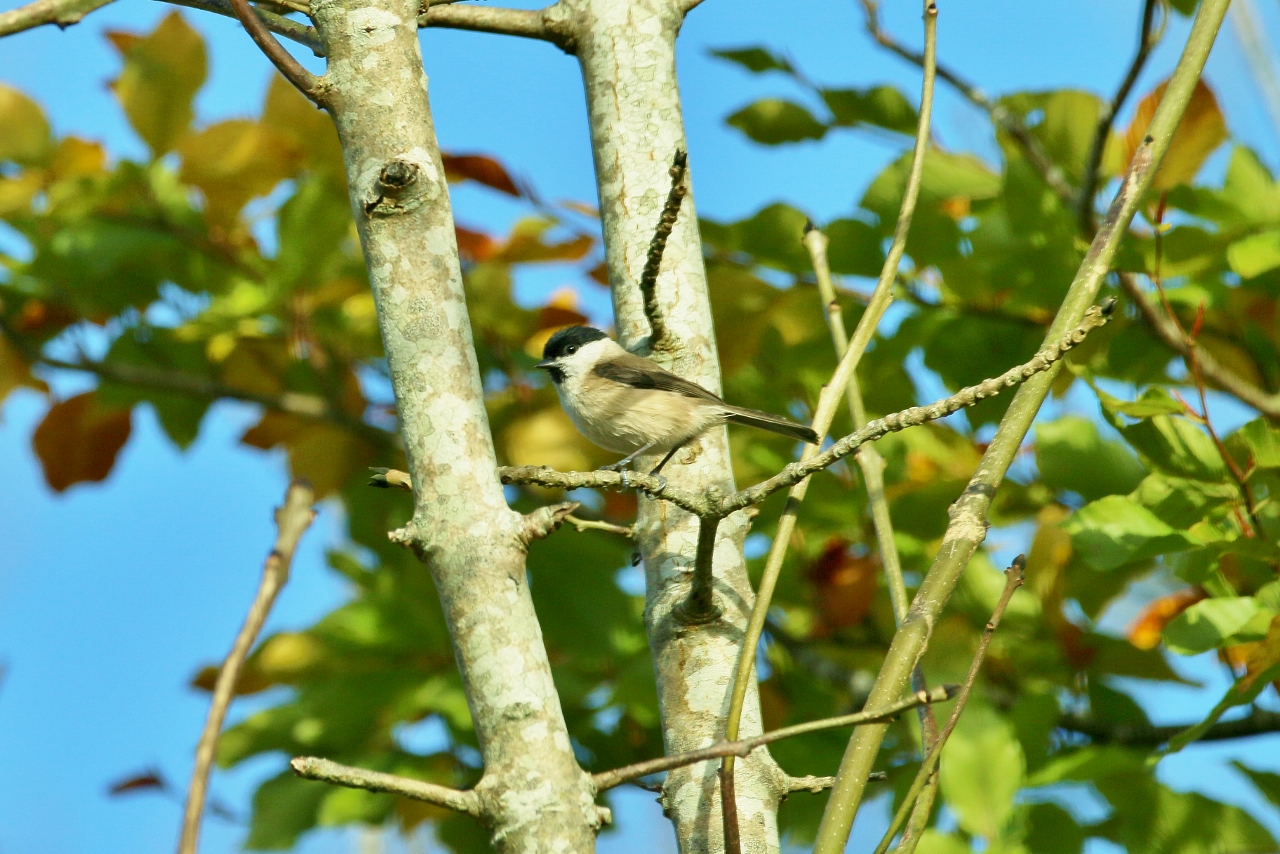
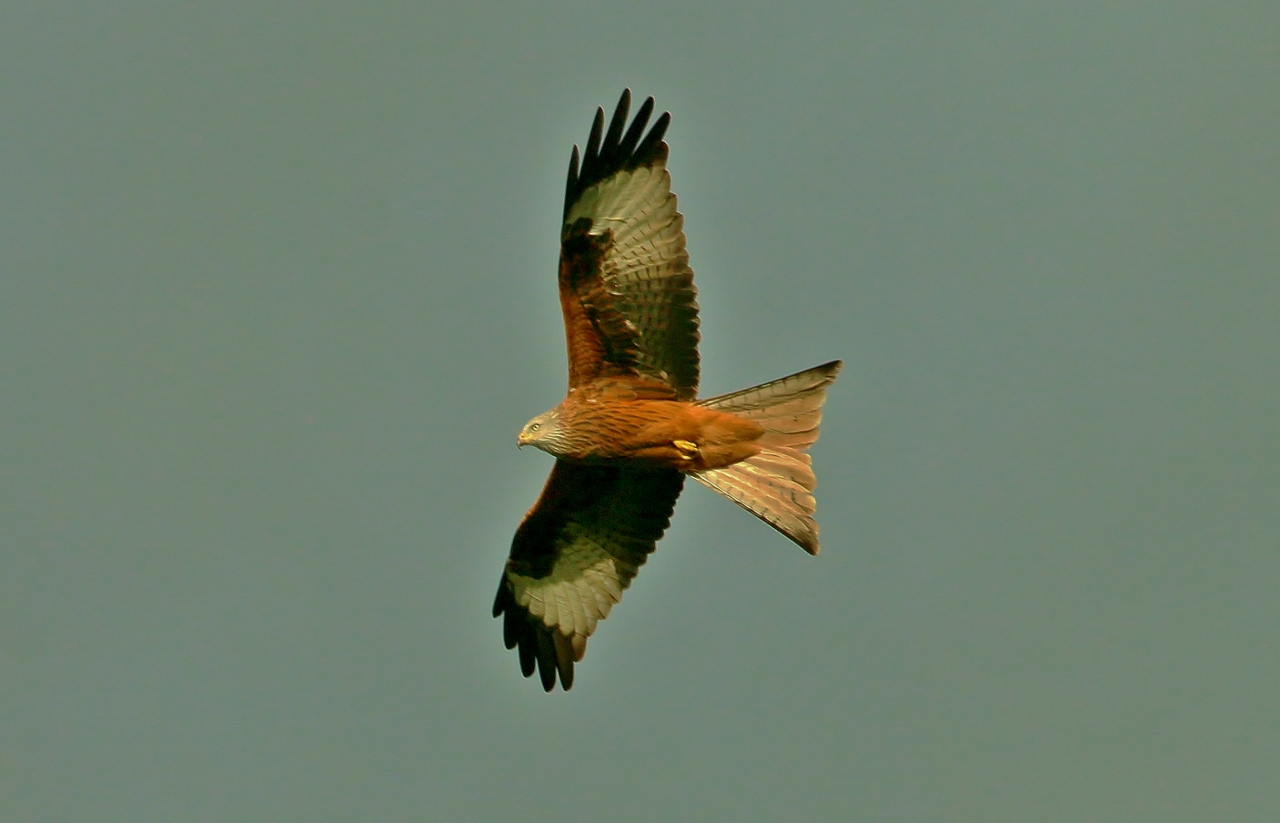
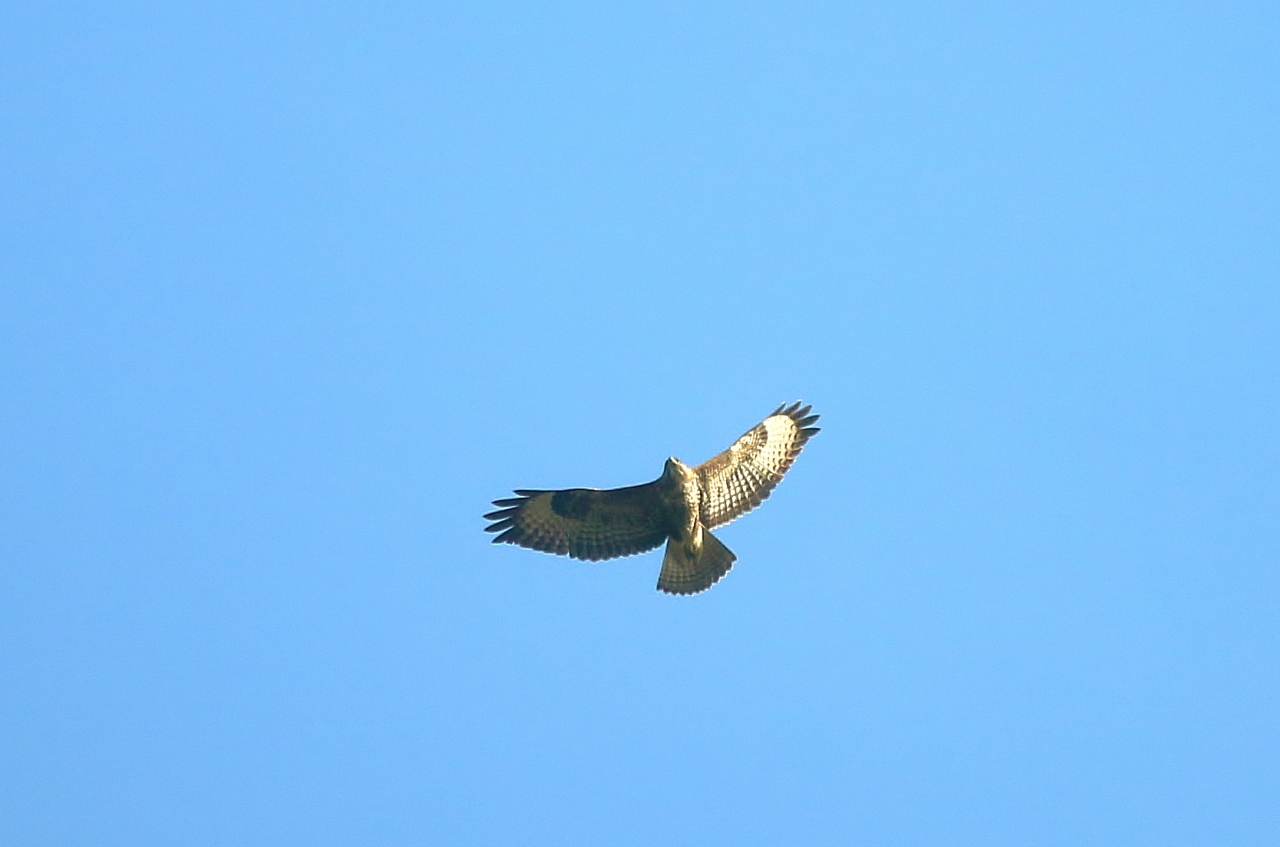
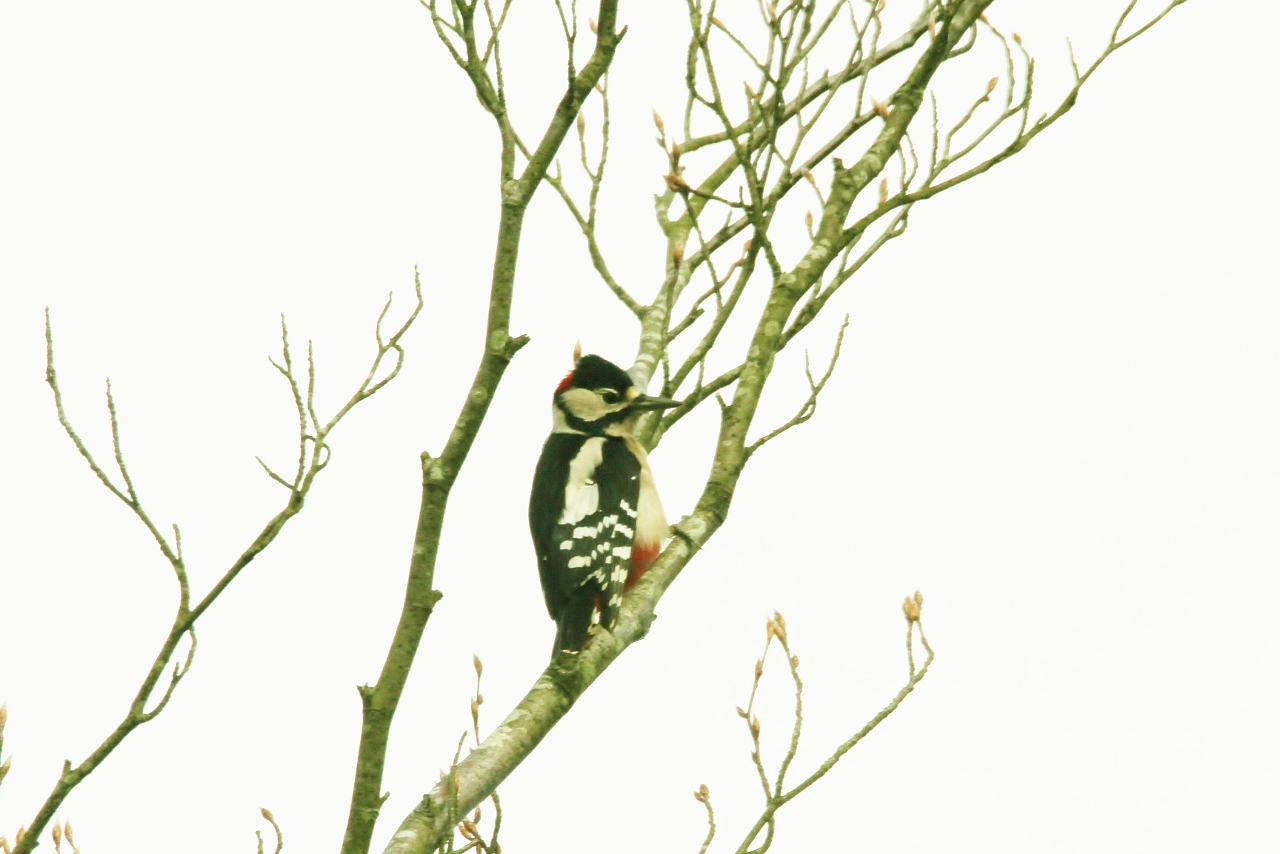

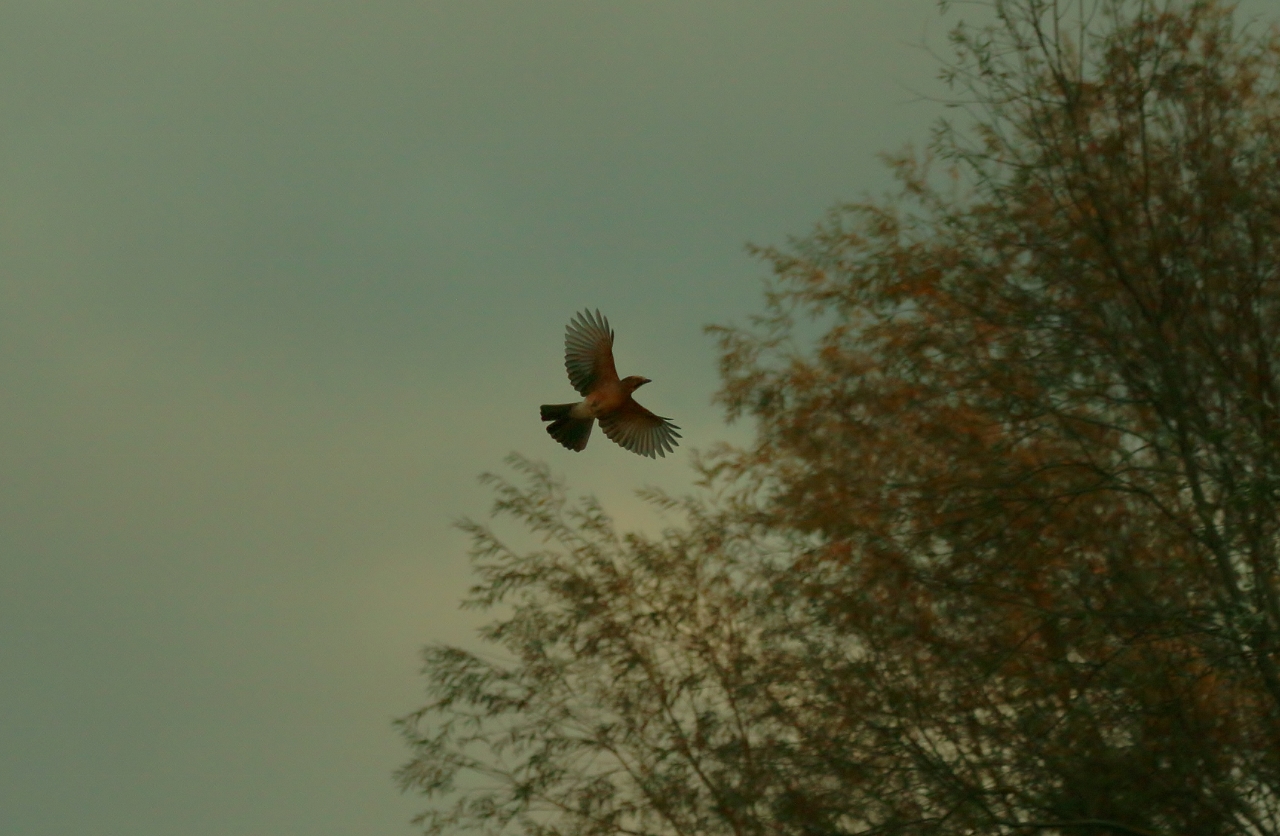

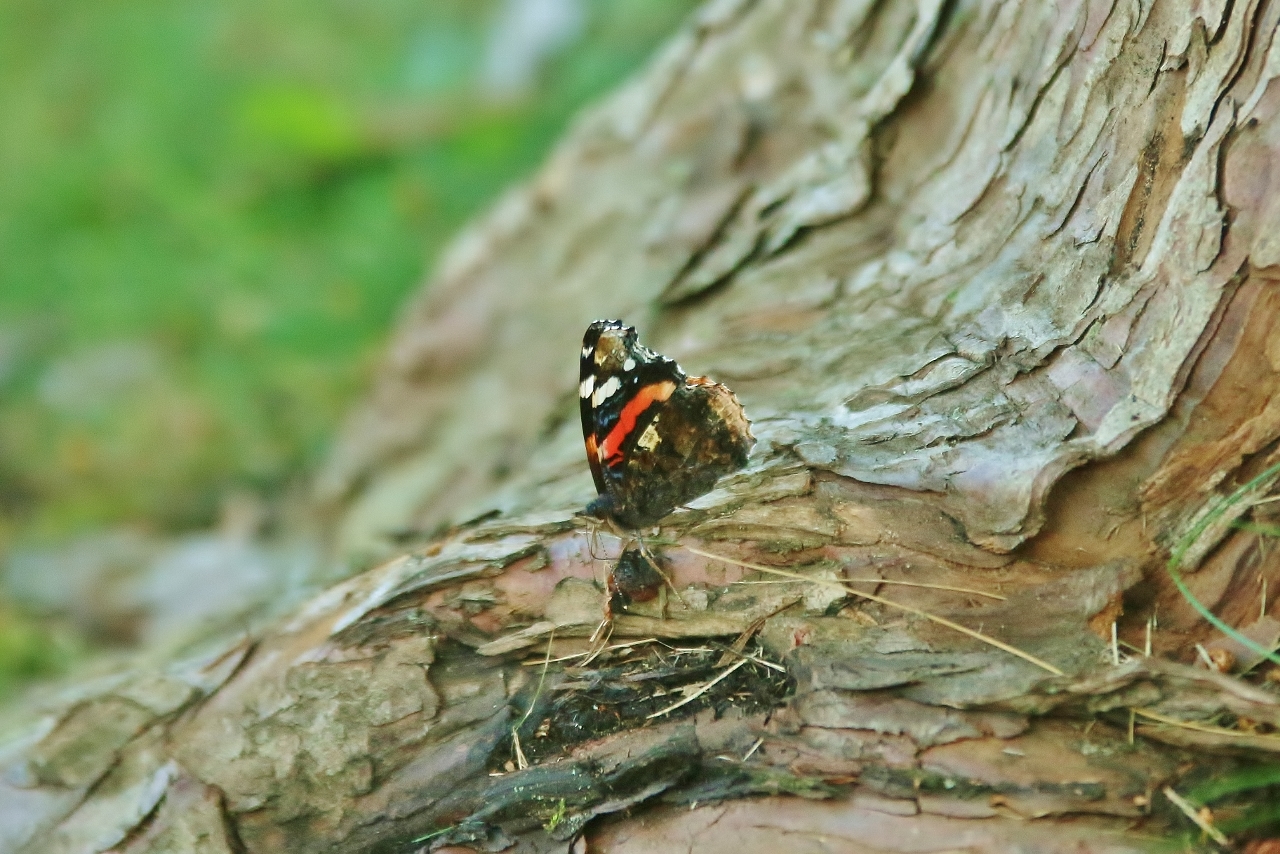

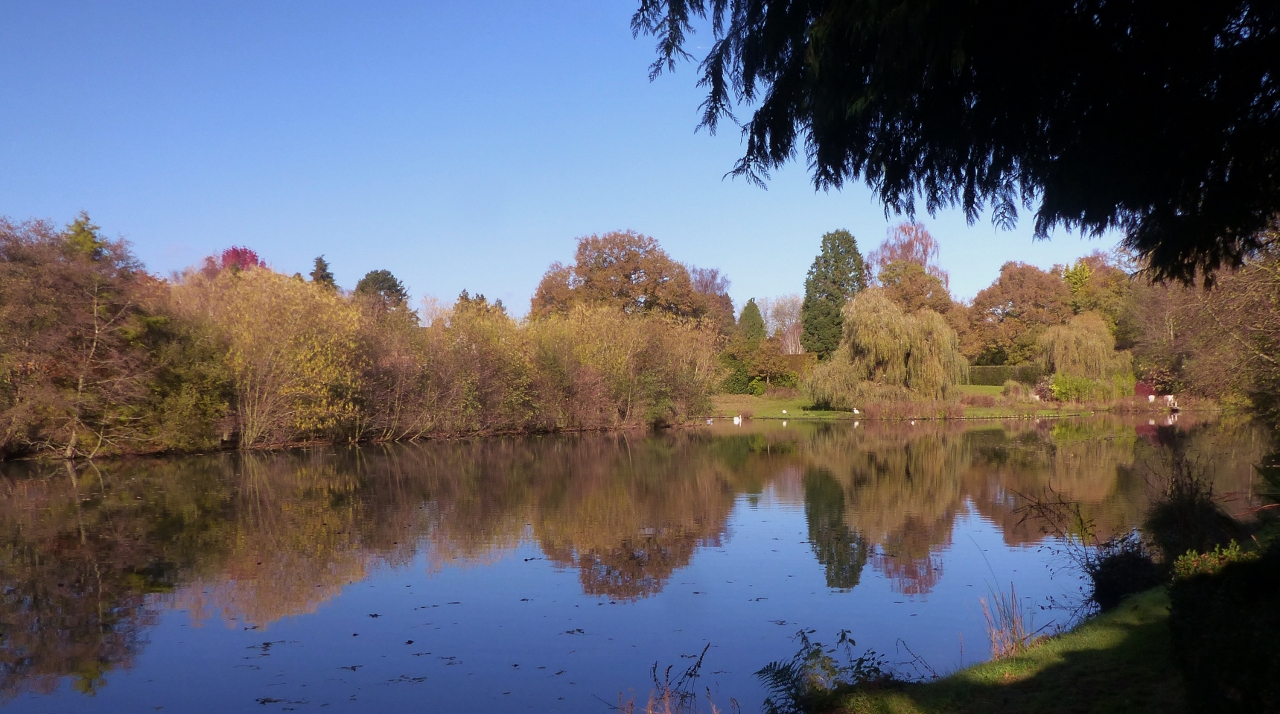
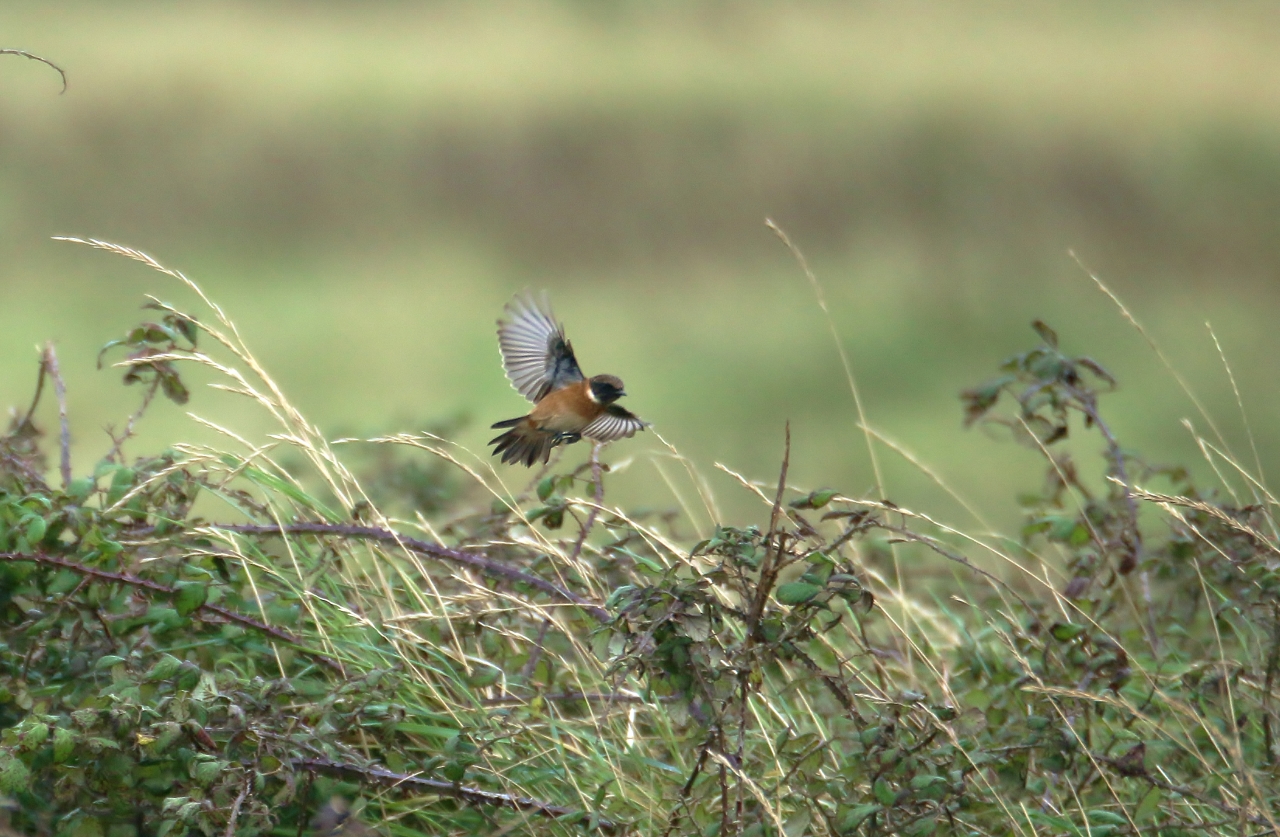
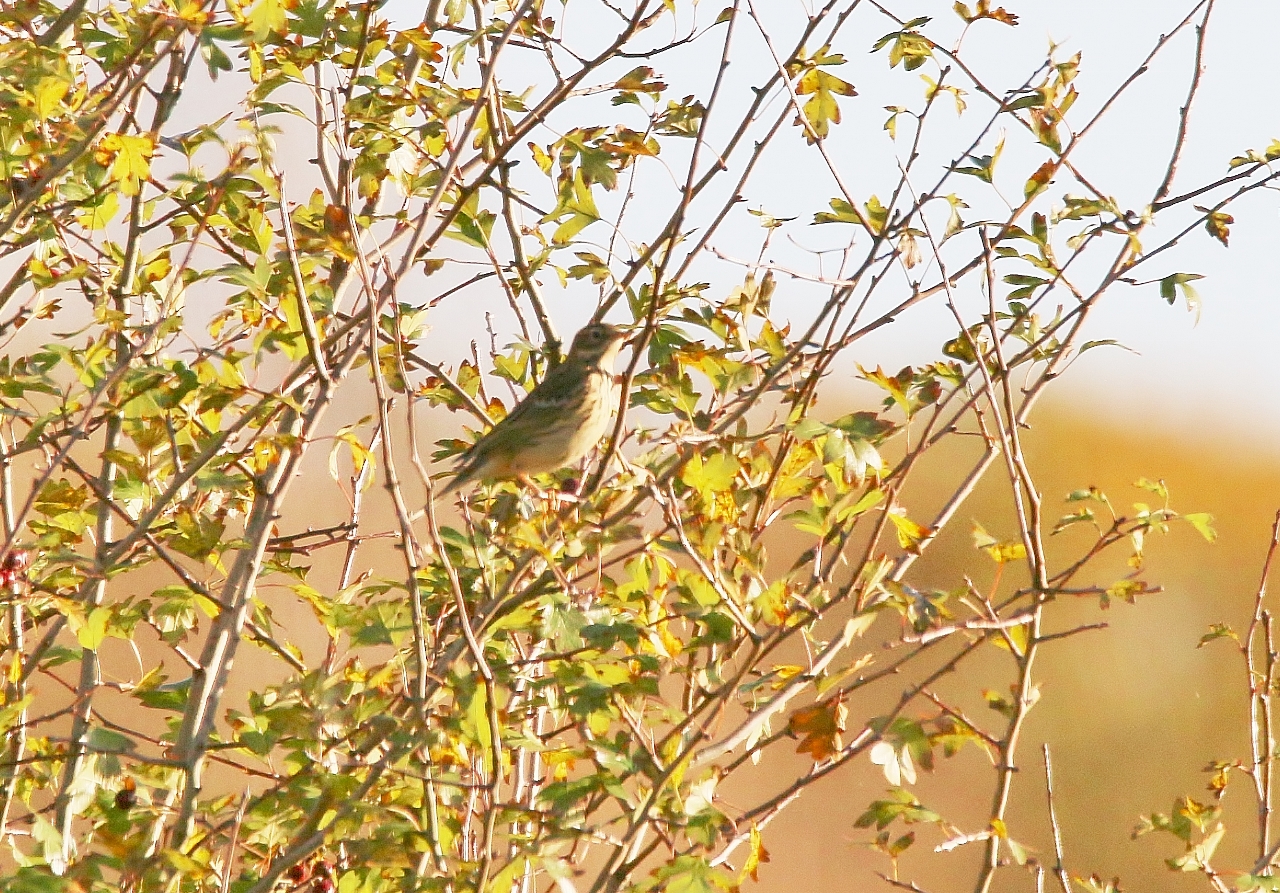
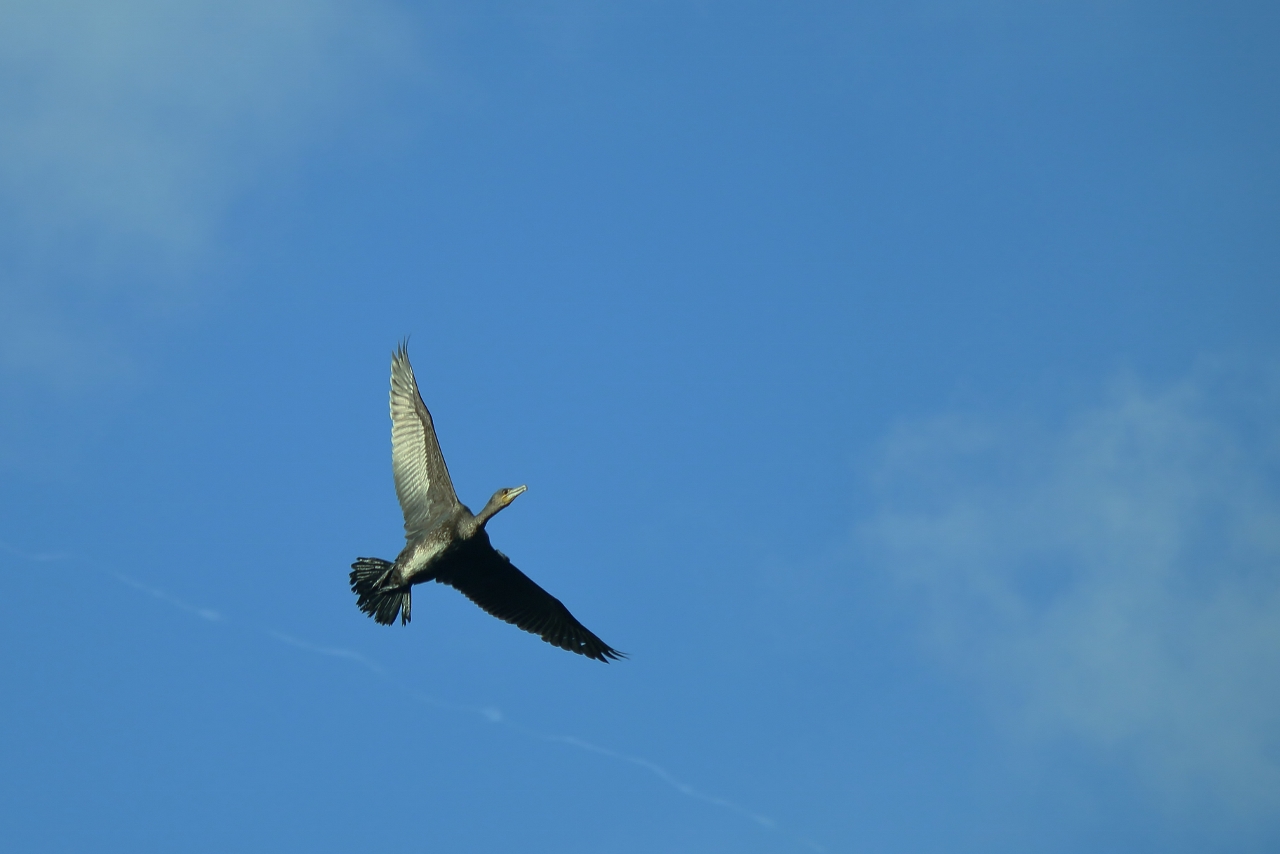
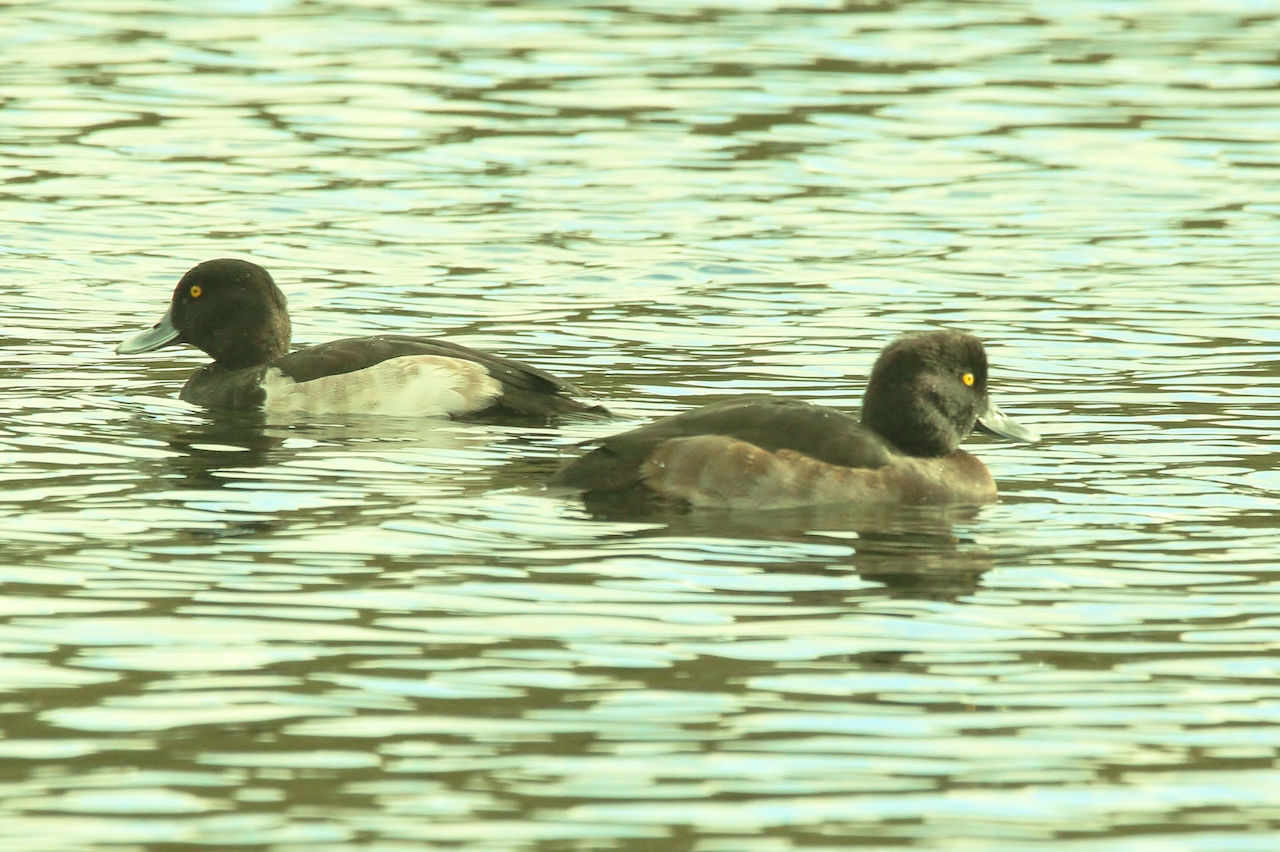








Steve Simnett
November 17, 2017 at 4:21 pm
Great report again from Malcy.
I still have not seen a Hawfinch this year, after trying three separate sites.
With a name such as his – Fincham – it was always a certainty.
Gordon Bridger
November 18, 2017 at 5:28 pm
Really good pictures and account. Many thanks
Matthew Smith
November 18, 2017 at 7:56 pm
Thanks again for your photos, Malcolm. I think I might have shown you my photo of the male stonechat.
Harry Eve
December 7, 2017 at 12:03 pm
Redwing in a cherry tree leaves you in doubt about the identity. Great photo.